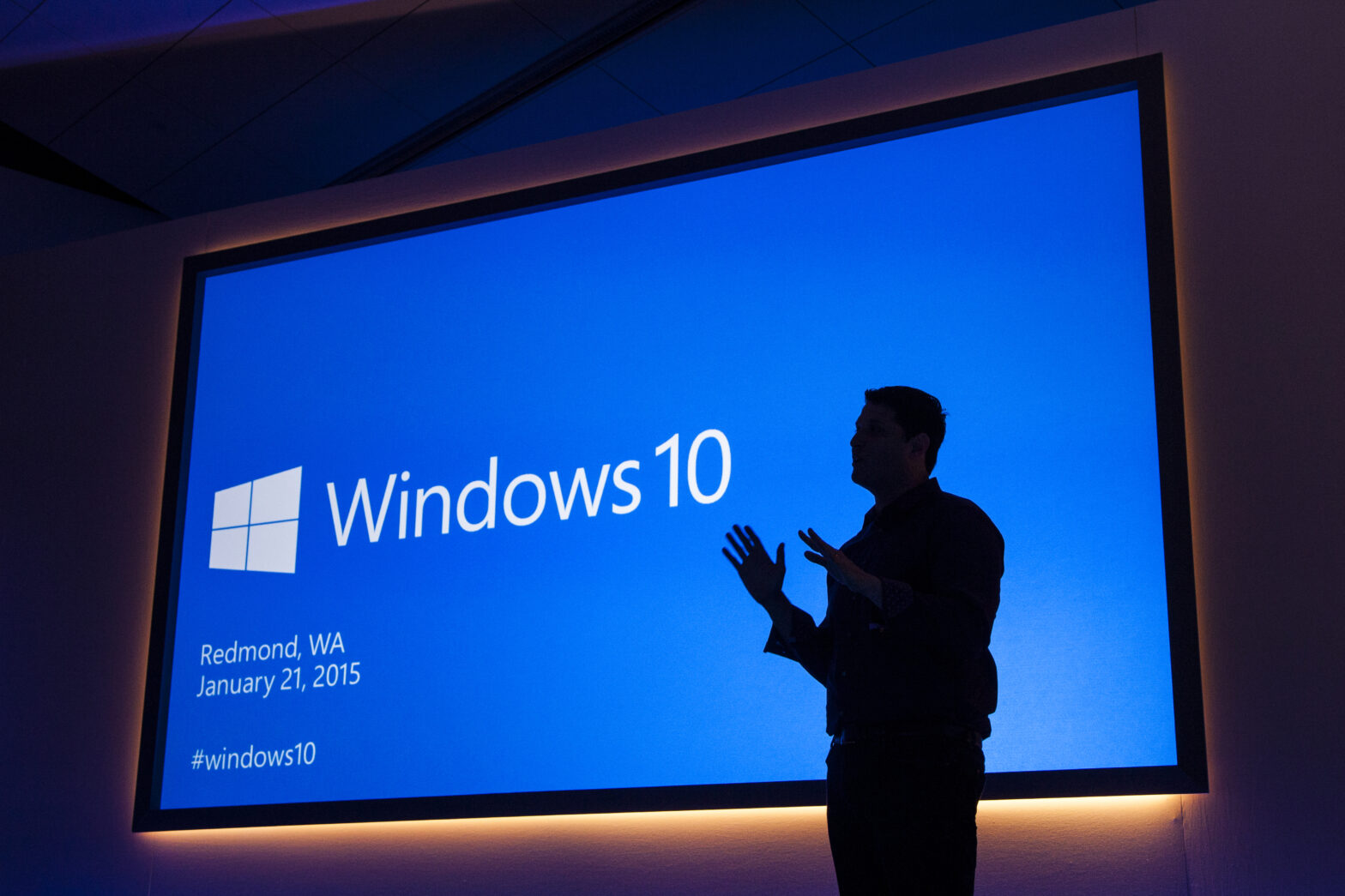With Windows 10 becoming available today, a recent survey found that 80% of large enterprises and 71% of businesses plan to migrate to the new OS in the next 18 months, suggesting that it will be even more popular than Windows 7.
And with it already clear that Microsoft is planning a major focus on business users it is easy to see why.
Windows 10 promises to deliver ongoing innovation and security updates including more advanced security and management capabilities for businesses. The new features and opportunities that this will provide to business customers should deliver a host of benefits to organisations, enabling them to make key enhancements across their IT estates and maximise their return on investments.
Making the move
The latest OS will be the next big migration for IT teams to undertake, re-inforcing the fact that IT is now in a state of constant migration. This new status quo is something that IT departments must adapt to if they are to continue delivering a positive and consistent user experience across their estates.
> See also: Windows 10: more migration for IT teams
Unlike with previous Windows OS releases, where end computing environments were significantly less complex and IT departments had more time on their side as they knew when the OS was going end-of-life, having time to plan, to test and then to execute, the Windows 10 migration will be more challenging for two key reasons.
Firstly IT departments today have infinitely more migrations to consider simultaneously, such as software, applications and devices, meaning that they have less time to prepare, test and deploy new systems, often resulting in more issues arising following the deployment. Secondly their estates are now more complex, with greater connectivity and inter-dependencies existing across systems and programs, all of which needs to be taken into consideration prior to the deployment.
With so many migrations now taking place in increasingly complex estates, IT teams run the risk of underestimating the process, the time, complexity and overall management challenge involved – not to mention that amount of post migration help-desk support required, that the migration to Windows 10 is likely to entail.
Regular IT deployments mean it is imperative that IT departments ensure that they keep systems and applications up-to-date, with minimal failure points, ensuring they have the capacity to provide deployment services and desktop management in parallel.
The continual change in software is only compounded by the explosion in devices (PCs, tablets, mobiles, laptops etc) now being used across an average organisation. The end result is that it is more difficult than ever before for IT departments to manage the workspace environment, deliver a good user experience and remain in control of application access permissions.
Diverse, booming IT estates
The ideal of having one master image, or a single ‘gold’ build is proving more difficult to achieve. The operating system or platform that users consume their apps and data on is fast becoming irrelevant. In a world where businesses still need to be able to secure and manage elements of their users, their apps and their data, organisations must now try to manage the unmanaged.
Research we carried out last year found that more than three quarters of UK businesses still use Windows XP, despite the fact it is now 12 years old, yet on average it accounted for less than 25% of organisations’ desktop estates.
This really highlights just how much variation there is in the typical UK business, not only in terms of legacy operating systems, but also applications and devices.
Windows 10 emphasises that businesses must respect the fact that end user computing is changing. What is happening in the OS market is comparable to the BYOD revolution that saw the number and variety of devices on the corporate network sky rocket.
This too raised a number of challenges in terms of control and management. Suffice to say, just like the desktop-only office, monolithic platforms are a thing of the past and migration is no longer something you will have to do deal with once every 3 years.
I have heard a lot of people over the last three years tell me that Windows 7 was to be the last migration they ever did – how wrong they were. They should now accept that the world of IT will be locked in constant migration for the foreseeable future.
Sourced from Simon Townsend, chief technologist, AppSense










